The Complete Guide to Natural Diamonds
Classic "4C"
The international classification of diamonds based on these indicators is also known as the "4Cs"- Cut, Color, Carat weight, and Clarity. There are also other systems for grading this gemstone. The most popular diamond grading systems are as follows:
- GIA - The diamond classification proposed by the Gemological Institute of America;
- IDC or HRD - The Diamond High Council of Belgium;
- Scan D. N. - Scandinavian Nomenclature;
- CIBJO - International Confederation of Jewelry, Pearl, and Silver

GIA diamond chart
In the 1960s, the Gemological Institute of America proposed to the world the GIA system of grading diamonds into groups that encompass all four criteria that make up the value of a diamond. A diamond is graded according to the GIA system according to the following characteristics:
- Cut When a diamond is cut well, light passes through the crown of the diamond, plays brightly within it, and is reflected. It is this ability of light to pass through a diamond that determines the brilliance of the gemstone. In case the cut is not perfect, the light enters the stone but has no time to be reflected inside, and passes through the lower cut, making it look dull and faint. In total there are 5 categories of cut, through which jewelers can evaluate the ideal proportions and brilliance of a diamond.
- Color When considering this criterion, experts in the world of jewelry mean the presence of additional color shades in the stone. This indicator is determined by the natural composition of the diamond and remains unchanged throughout the entire period. The more transparent and colorless a cut diamond is, the higher its price will be. Please note that this criterion is not applied to diamonds of unusual coloring; they are much more expensive than ordinary natural-colored gemstones.
- Carat weight One carat is equal to 0.2 grams. This mineral is formed in nature, large stones are rarely found, and therefore the price is very high.
- Clarity The clarity of a diamond. This is a collective term that takes into account the presence of external and internal damage to the precious stone. An appraisal is made when jewelers use a 10-gemological loupe to determine clarity. When determining the clarity of a diamond, the gemologist is guided by the principle of finding the maximum number of foreign inclusions and damage to the jewel.
Diamond Cluster Engagement Ring
Quality diamond chart
The clarity of diamonds is graded based on the degree of external and internal flaws in the jewel, such as cracks, natural inclusions, and chips, as well as their number and location. This is one of the most important quality criteria for a diamond because it determines how much it will reflect light. The most commonly used classification of diamonds worldwide is that of clarity groups, which are indicated by letters.
|
Description |
Classification (letter designation) |
|
No foreign objects |
FL |
|
Gems without any inclusions, but with significant external defects - scratches, cracks, chips |
IF |
|
Gems have minor inclusions, which can be considered only with the use of special equipment and a qualified jeweler |
VVS |
|
Gems are small inclusions that can be seen through a magnifying glass with 10x magnification |
VS |
|
Gems are with inclusions visible through a loupe of 10x magnification |
SI |
|
The presence of large inclusions, which are visible without the use of special equipment |
I |
Diamond Cluster Ring
Types of diamonds
- Type IA / type IB
Scientists classify diamonds into two main types of chemical composition, TYPE I (Type1) and TYPE II (Type2), based on the presence or absence of nitrogen, which replaces some carbon atoms in a diamond's atomic lattice. These two types of diamonds differ significantly in value and in their chemical and physical properties.
TYPE IA (Type 1A) - The most common chemical type among diamonds. These stones contain in their atomic lattice whole clusters of nitrogen. Approximately 95% of all gem-quality diamonds fall into this category. Their color varies from completely colorless to light yellow tones.
TYPE IB (Type1B) - These diamonds also contain nitrogen, but not in the form of clusters, but in the form of isolated atoms. This nature of the diamond creates bright yellow, fancy stones, also called canary stones because of their bright and intense color intensity.
Diamond Promise Ring
- Type IIA / type IIB
Type IIB diamonds are the rarest and most expensive, as they contain an extremely low amount of nitrogen. In turn, they are divided into two other groups - TYPE IIA and TYPE IIB. It is believed that less than 2% of all diamonds with similar characteristics belong to the TYPEII category. It is precisely such stones that are commonly referred to as investment diamonds.
TYPE IIA diamonds are unique in that they contain the minimum number of foreign impurities and are the purest and most colorless in their chemical composition. Their special feature is their superior optical clarity and thermal conductivity. The best-known Type IIA diamonds are: Cullinan weighing 530.20 carats and Koh-i-Noor weighing 105.60 carats.
Type IIB diamonds occur less frequently in nature (only 0.5 per cent of similar diamonds) and contain trace amounts of boron, which gives the diamond a bluish or grayish hue. A rare characteristic of Type IIB diamonds is that they are semiconductors and conduct electricity. Well-known type IIB stones include the 70.21-carat Idol's Eye and the 45.52-carat Hope.
It is worth knowing that Type IIA and IIB diamonds are so rare and expensive that they are usually accompanied by a special certificate proving that the stone is of the IIA or IIB type.

5 Diamond Engagement Ring
Colors of diamonds
Types of diamonds and their names are primarily determined by the color of the gem.
- White. White diamonds can be either completely transparent or with a slight, almost imperceptible yellowish or pale brown hue. The price of such material depends on its level of transparency. The lower the transparency, the lower the price of the jewelry piece or sample. The cheapest diamonds are the yellow-colored ones because they are found in abundance in nature.
- Colored diamonds. Colored diamonds are a fairly wide group of samples with different colors.
- Colored diamonds are divided into several types, depending on the color of the gemstone such fancy stones are known:
- Brown. This type of diamond is formed in natural conditions due to the content of iron in the crystal lattice. It is the cheapest option in the entire line of fancy gemstones.
- Yellow. In the price range, they rank second after the brownstones. The yellow color of a diamond is due to the presence of lithium in its crystal lattice.
- Blue. These diamonds are very rare, which is why they have a rather high price. This color effect is achieved because of the presence of aluminum in the crystal lattice. There is one more unusual and rare variant of a diamond: the blue one. The blue color is due to the presence of boron in the diamond's composition. The richer the color of the blue and blue diamonds, the more expensive they are.
- Pink diamonds. Pink diamonds also belong to the most expensive diamonds. Diamonds are considered fancy if the pink color has no brown hues. Pink coloring is a result of the presence of a trace element, such as manganese, in the crystal lattice of the stone.
- Purple. Purple diamonds are very rare, which makes them very expensive. Only green and red diamonds are more expensive than purple. The purple color of a rock acquires when it contains hydrogen.
- Green diamonds. This is an extremely rare variant of diamonds, which are very rare in nature. Its green color is due to the presence of chrome in the rock. As a rule, such samples are bought either by museums or by rich collectors; fashionable women cannot afford this luxury. The price of one carat of a green diamond can go up to two hundred and fifty thousand dollars.
- The red ones. The red-colored diamonds are the most expensive of all possible kinds of this precious stone. The price for one carat is over 300 thousand rubles.
- Black. A few years ago, black samples did not belong to the category of fancy diamonds. This kind of gemstone is much rarer than the white ones. The black color of a rock acquires as a result of the presence of graphite in it. The presence of graphite in diamonds as well as the inability to estimate the quality of the material for its defects for a long time prevented the jewelers from classifying it as a precious stone. But with time the price of black specimens has risen considerably.
Black Diamond Engagement Ring
The origin of diamonds
Diamonds are divided into two types, given the nature of their origin: diamonds of meteoric origin and diamonds of terrestrial origin. Sometimes these gems of natural origin in the form of very small inclusions are found in some types of meteorites or in impactites - formations that arise from the collision of meteorites with the earth. These stones are diamonds of meteoritic origin.
5 Diamond Engagement Ring
Earth diamonds are minerals that were formed in the Earth's mantle between 100 million and 2, 5 billion years ago. According to scientists, these natural minerals were formed at a depth of 100-200 km under high temperature and pressure. They have reached the surface due to explosive processes with magmatic rocks. According to this version of scientists about the origin of the minerals, now there are large deposits of diamonds at a depth of up to 700 km.

Cluster Engagement Ring with Diamonds
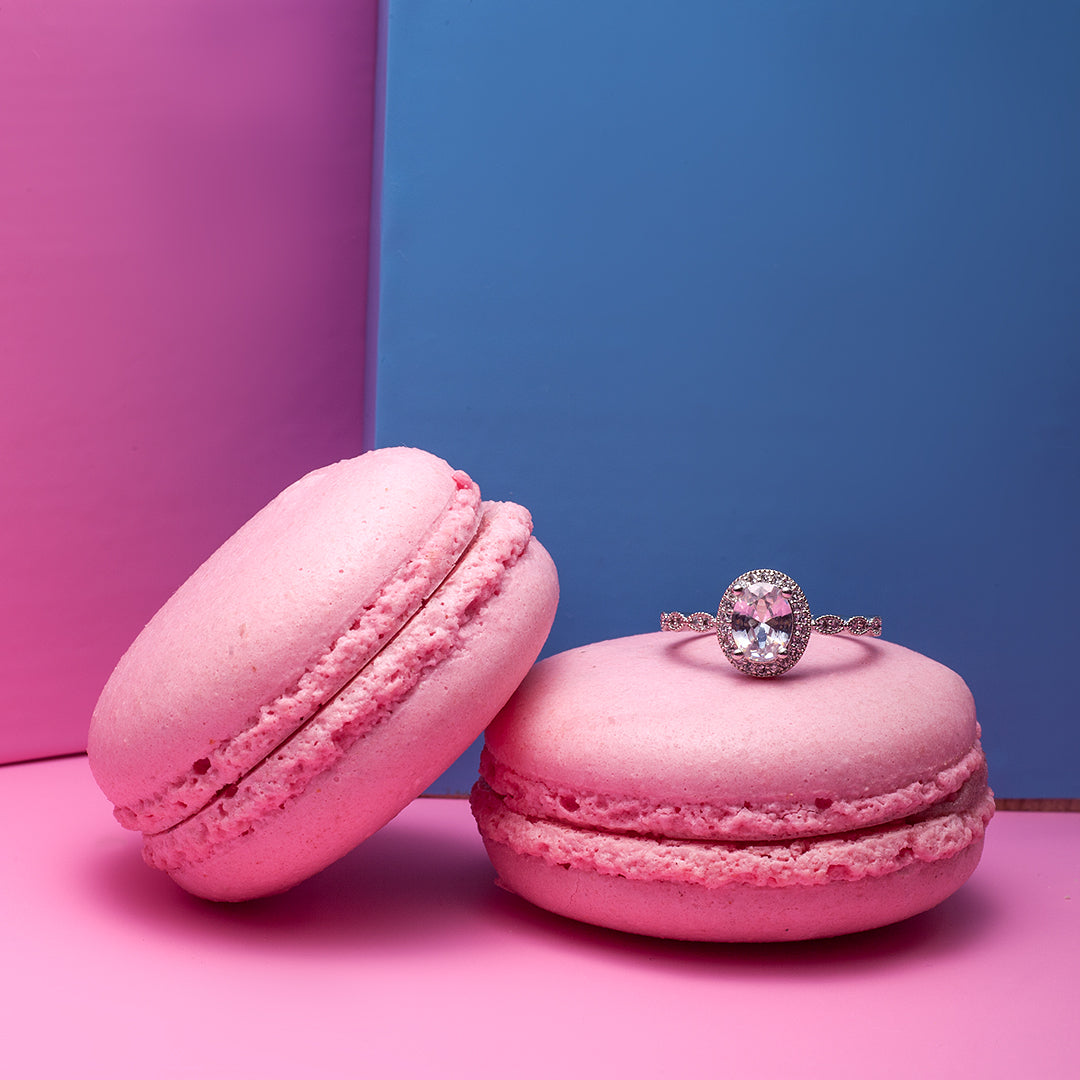
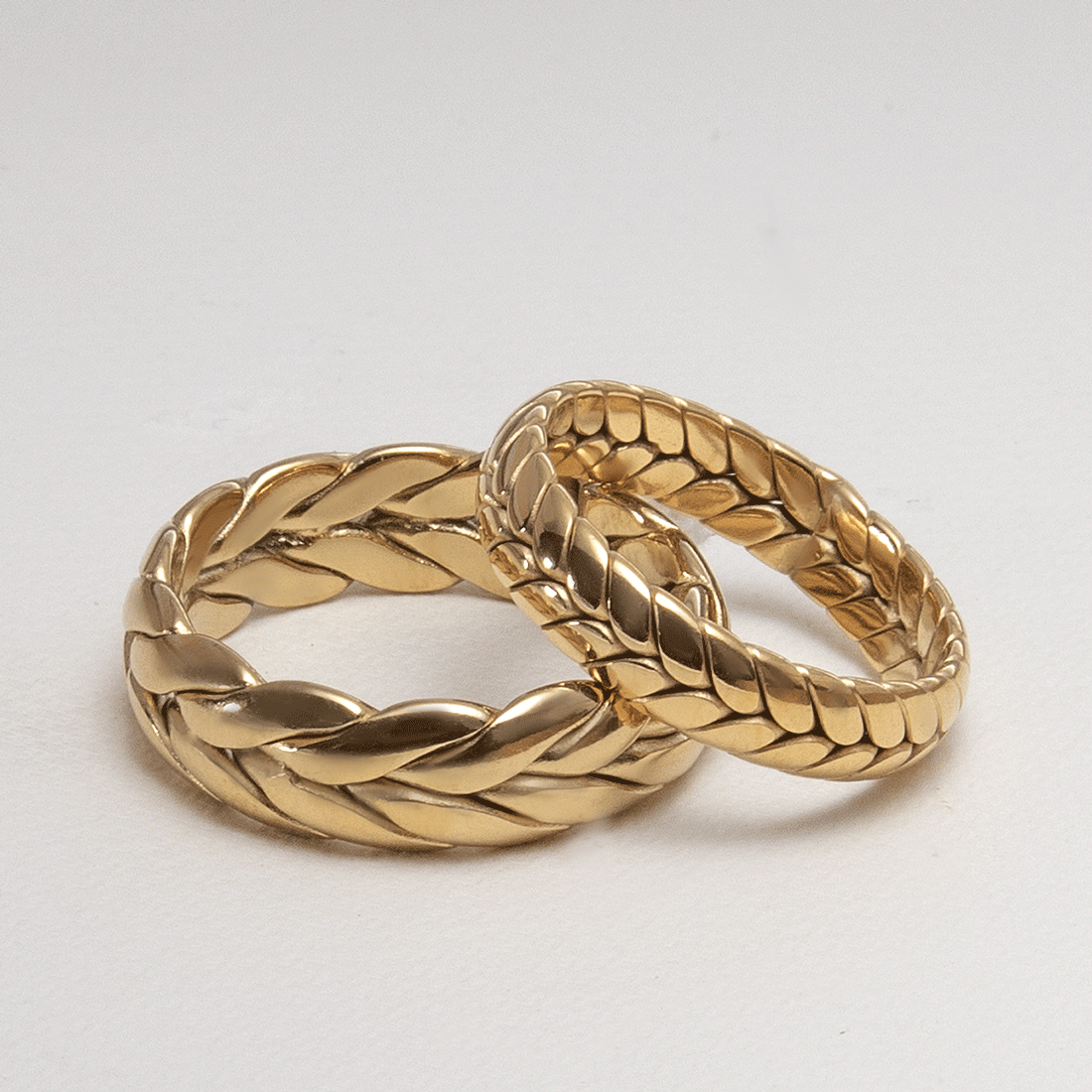
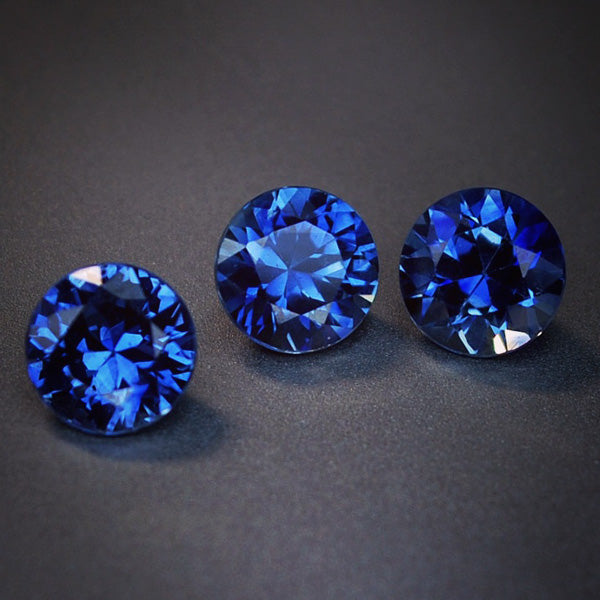
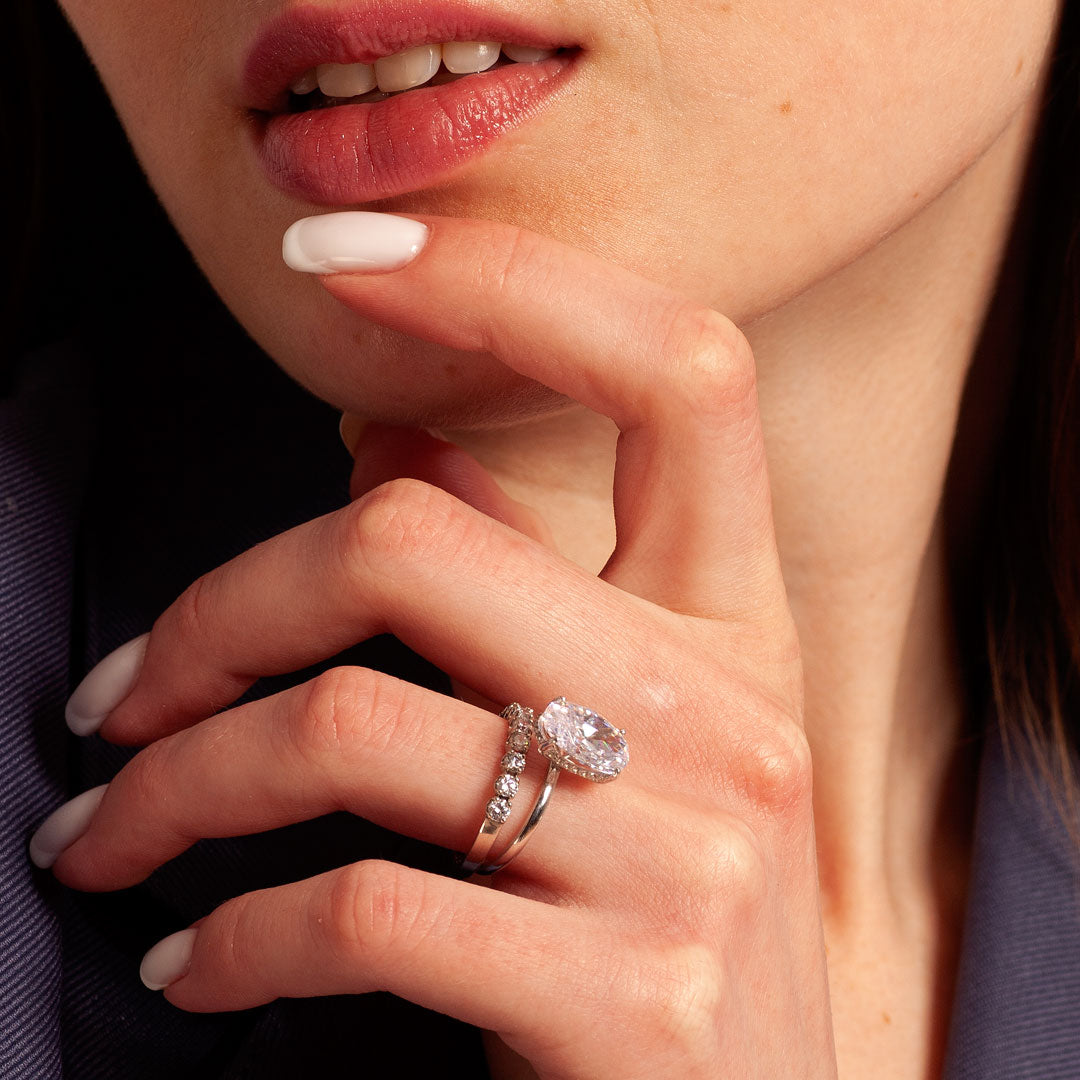
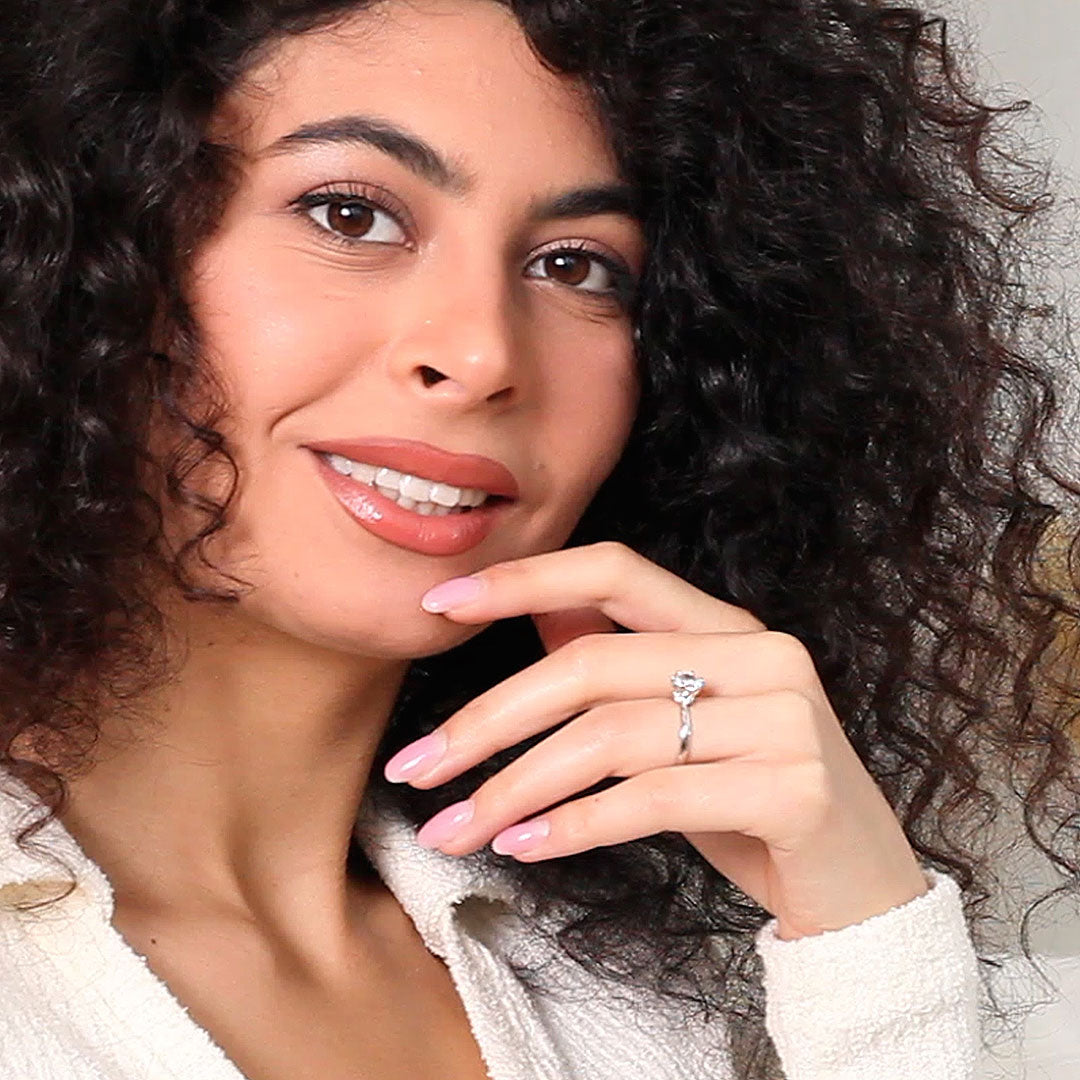
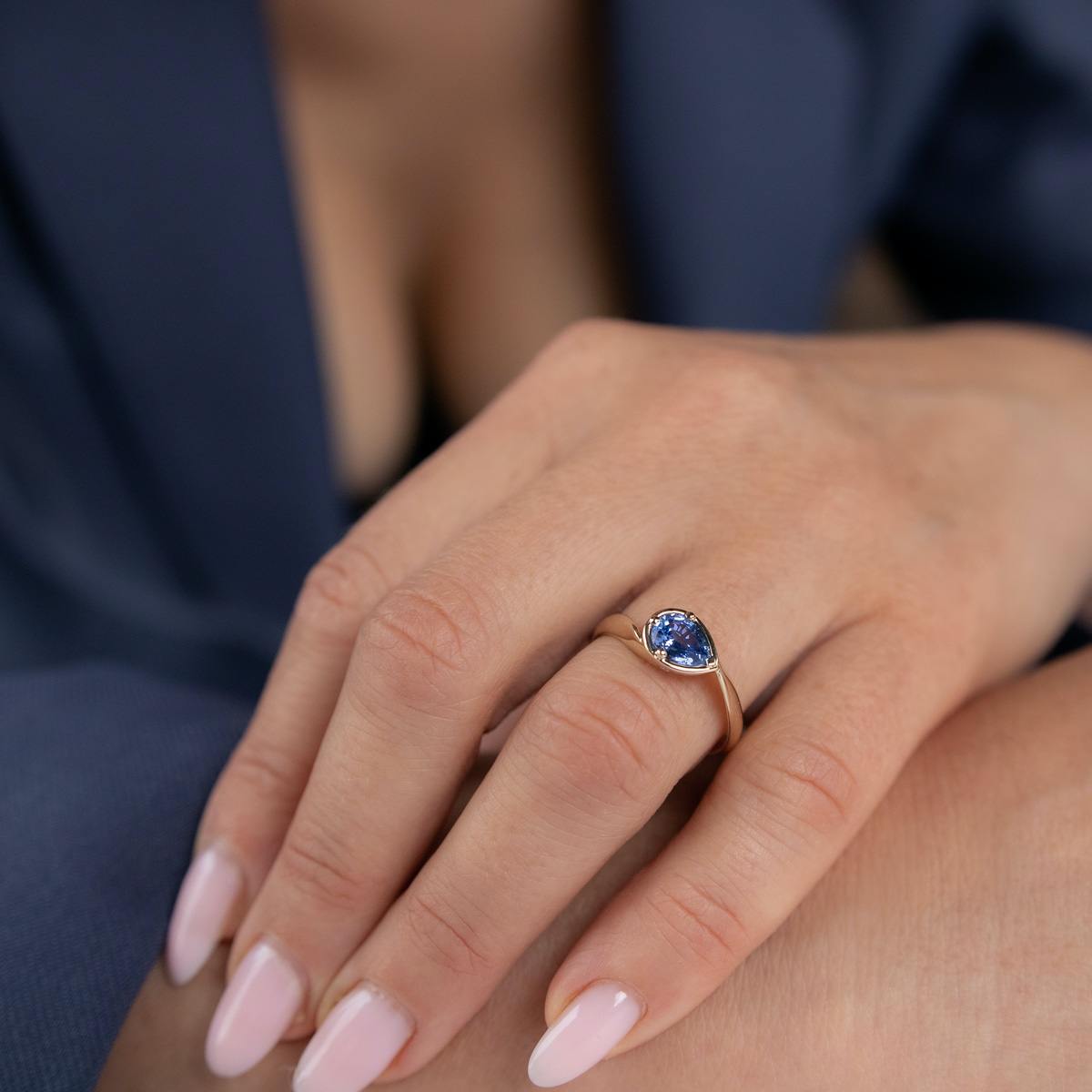
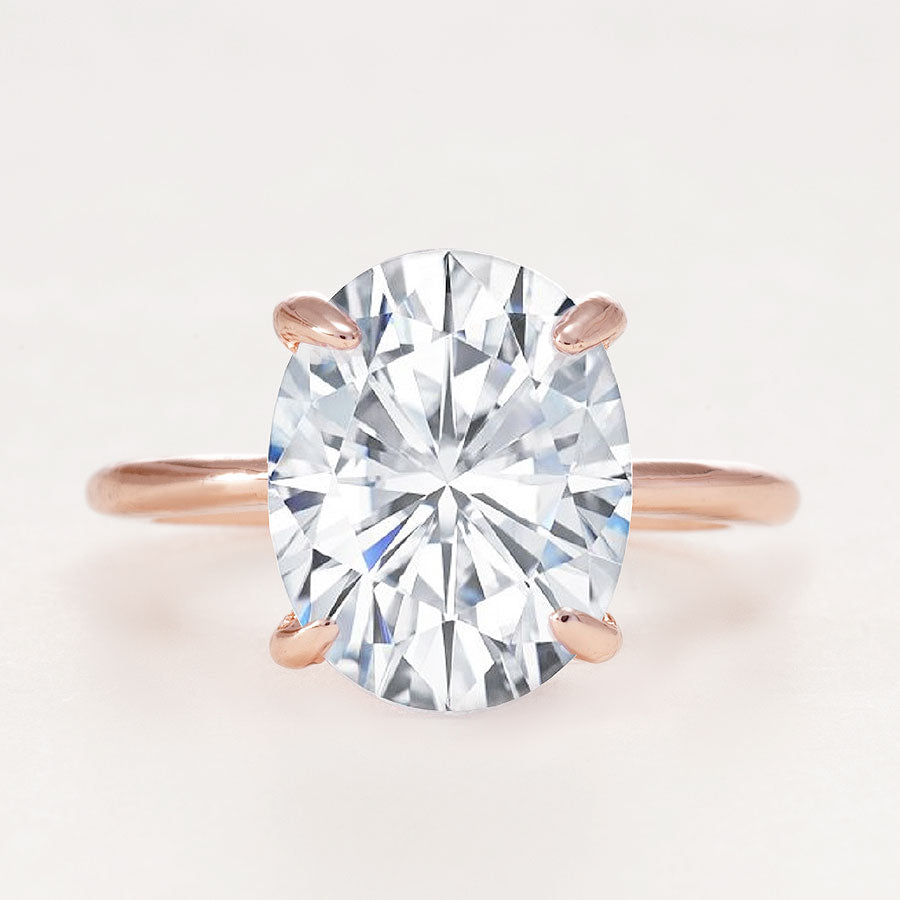





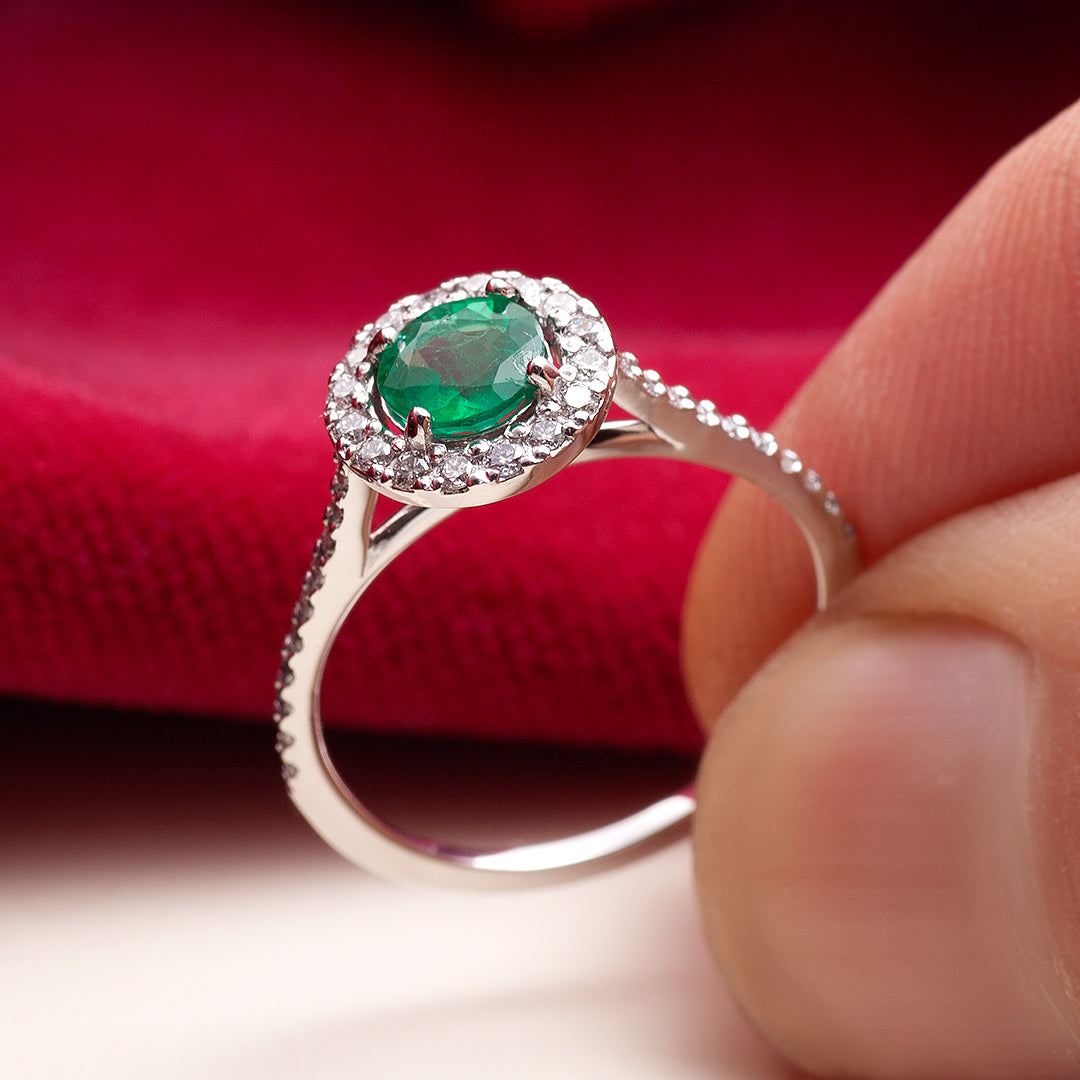

Leave a comment
This site is protected by hCaptcha and the hCaptcha Privacy Policy and Terms of Service apply.